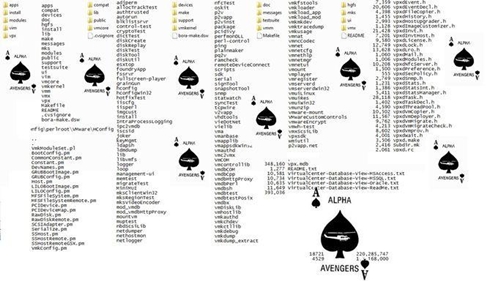Feds bust plot to smuggle US military tech to China
Two suspected Taiwanese drug smugglers have been accused of an ambitious plot to smuggle some pretty serious military technology including a US drone out of the States and into China.
Hui Sheng Shen and Huan Ling Chang, who have been in custody since February for allegedly smuggling methamphetamine into the US, will be formally charged with conspiracy to violate the Arms Export Control Act, according to an AP report.
The two were caught in an undercover FBI sting which caught them on tape claiming that their clients in the Chinese government were keen on acquiring US drones as well as stealth technology, anti-aircraft systems and even an E-2 Hawkeye early warning aircraft.
The two reportedly ignored the undercover Feds’ repeated cautioning that they would not like to profit from any kit which would harm US interests, with Shen saying, “I think that all items would hurt America.”
“The people we met, they come from Beijing. … They work for Beijing government … some kind of intelligence company for Chinese government — like C.I.A,” Shen reportedly told the agents. “They are spies.”
Shen also boasted that he could use scuba divers to transport parts of the kit underwater from Port Newark-Elizabeth Marine Terminal to a ship waiting offshore – a similar technique to that which he allegedly used to smuggle drugs.
The two had been under surveillance for a year and were arrested a couple of months back for a rather less headline-grabbing investigation into counterfeit UGG boots being smuggled into New Jersey. From small acorns and all that…
The news will be of minor embarrassment to the Chinese authorities given that, as usual, there is apparently no concrete proof linking any official involvement in the plot.
However it does come just days after a Pentagon report accused the People’s Republic of “economic espionage” facilitated by widespread hacking and designed to accelerate the development of its military and space technology.
China was forced to strongly deny the allegations in the report, which claimed to have identified 26 separate occasions since 2006 on which China tried to get hold of space launch data and sensitive info on cruise missiles and other military equipment. ®
Article source: http://go.theregister.com/feed/www.theregister.co.uk/2012/04/26/taiwan_spies_smuggle_us_military_tech/
